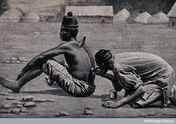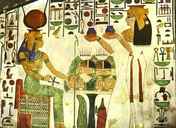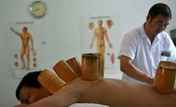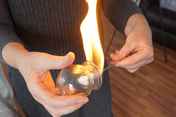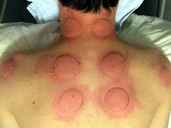Cupping Today - Research and Current Practice
In modern times, cupping is also known as negative pressure massage or myofascial decompression.
More and more evidence-based research is being prepared on cupping.
Recent scientific studies have shown some interesting results from cupping.
- The soft tissue that is enclosed by the cup, and at the periphery are in tension, while the tissue under the rim of the cup is in compression.
- Tensile stresses at a bulbous region at the centre of the cup tend to be greater.
- This region extends to the muscle layer and is 0.4 times the diameter of the area that the cup has been applied.
- The entire thickness of the skin under the cup is similarly stressed except...
- The tensile stresses are a maximum in a very small area adjacent to, and just inside the rim of the cup.
- Cupping is capable of drawing as deeply as 65mm (2.6 inches) below the skin's surface to stimulate the recirculation of fresh blood and improve local circulation.
(Tham and Lee)
There has been a lot of research done on cupping in hospitals in China, Russia, Turkey, and Iran, but the methods of producing the results do not satisfy current medical standards. More studies that are compliant with current research methods must be compiled. In the meantime, we can observe the positive outcomes that have been created thus far in this link.
The main shortcoming related to cupping is there is no simple and effective way to create a placebo effect to mimic suction or negative pressure.
More studies are being performed using brain wave activity, and chemical changes in the body to demonstrate the effects of cupping. This seems to be easier to measure accurately. In time, we hope to have a larger body of research available in the very near future.
At the end of this workbook, current studies will be cited for your reference.
Cupping is a method of treating a disease that is caused by local congestion. A partial vacuum is created in a cupping jar, which is then applied directly to the skin. The underlying tissue is drawn up into the jar forming an area of blood stasis. This appears to bruise the area, or at least turn it a bright red. This is in fact not a bruise, as a bruise is an indication of a damaged blood vessel, whereas cupping is creating extravasation. Extravasation is the process of the blood cells escaping through the wall of the blood vessel due to a weakness in that blood vessel. It is uncertain whether the extravasation has occurred due to the trauma, or due to cupping but we can fairly safely say that if the cupping marks are dark that the blood cells are old, and have not been in the blood vessel for some time.
The area being treated should be pain-free, though it is normal for the patient to report that may feel some tightness or pulling.
![]()
Your cups should not be creating bruises. A bruise indicates an injury.
If you injure the body, you are not facilitating the healing process, but creating another injury that the body needs to heal.
The redness in the area is due to the pressure on the local capillaries. If the area is congested, and the blood flow is limited, blood will be stuck in these areas and will try to move through the capillary system.
The amount of dark red or even purple blood drawn to the surface indicates the degree of congestion or limited blood circulation. Dark blood is a sign of heat and decreased blood flow, which in many cases in modern terms also can relate to the amount of metabolic waste in the area.
The amount of melanin you have in your blood can also determine whether you will receive cupping marks.
A healthy, properly applied cupping treatment should never create an injury.
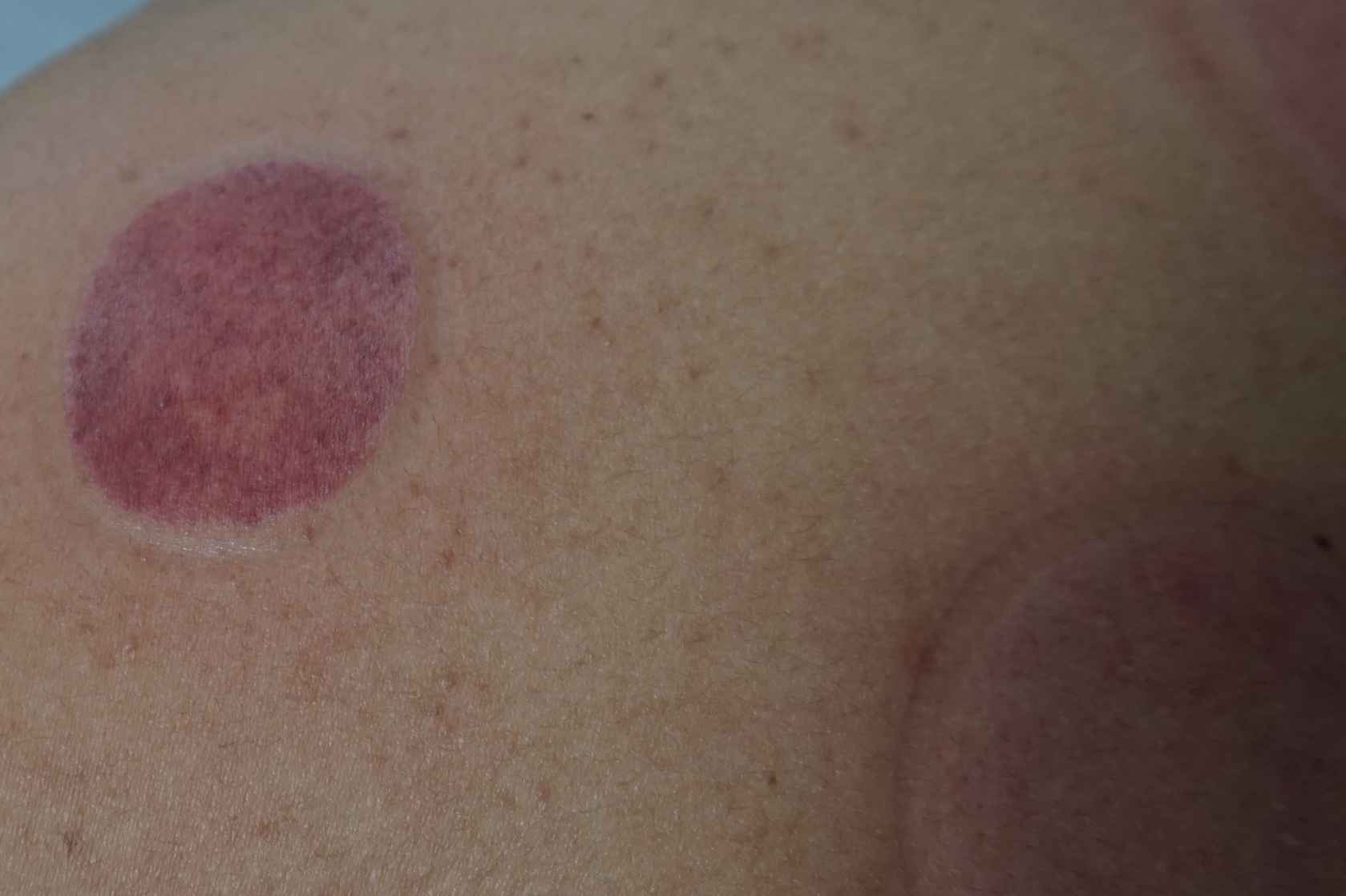
Here, we can observe two different marks. The one in the upper left corner is much more of a deep red colour than the one in the bottom right corner. Both cups were left on the body for the same amount of time, and both had a similar amount of suction. The one in the top left corner indicates a more recent injury to the underlying tissues, while the one at the bottom right has a histamine response (demonstrating a local immune response) the colour that will be left, if any is a pale bluish purple. This is an indication of an older injury where dead blood cells and intercellular fluid are restricting proper circulation in the area.
Today, cupping is most often used to treat musculoskeletal conditions. Therefore, we are most often seeing the stationary cupping techniques popping up ( pardon the pun) in physiotherapy and rehab clinics. The full range of conditions that cupping can treat is far more vast.
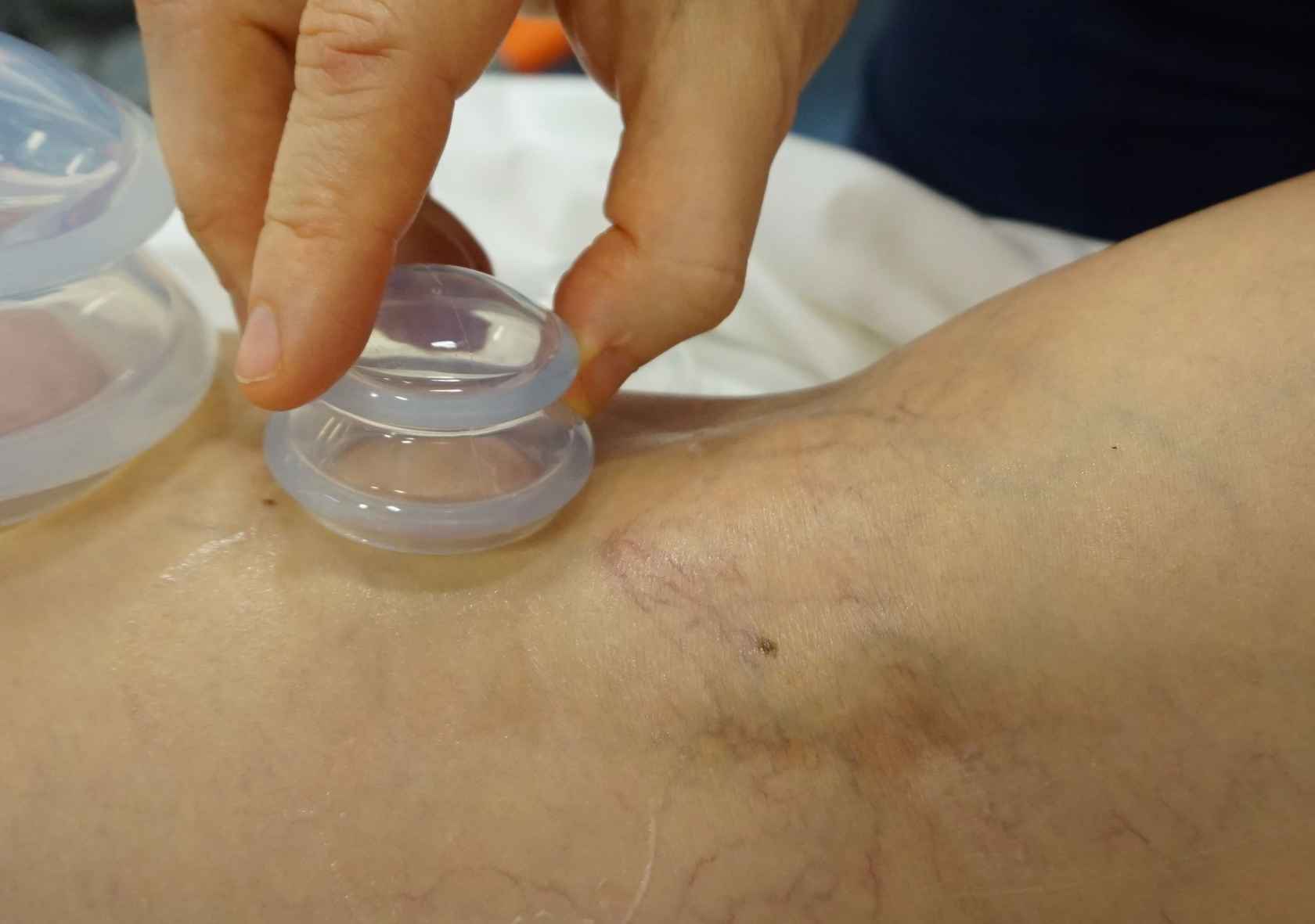
In this image you can see a lot of spider veins and broken capillaries. By first working around these damaged vessels, bloodflow can begin to be restored and tension relieved from these miniscule vessels. Dry cupping is contraindicated to treat varicose veins. (see Contraindications)
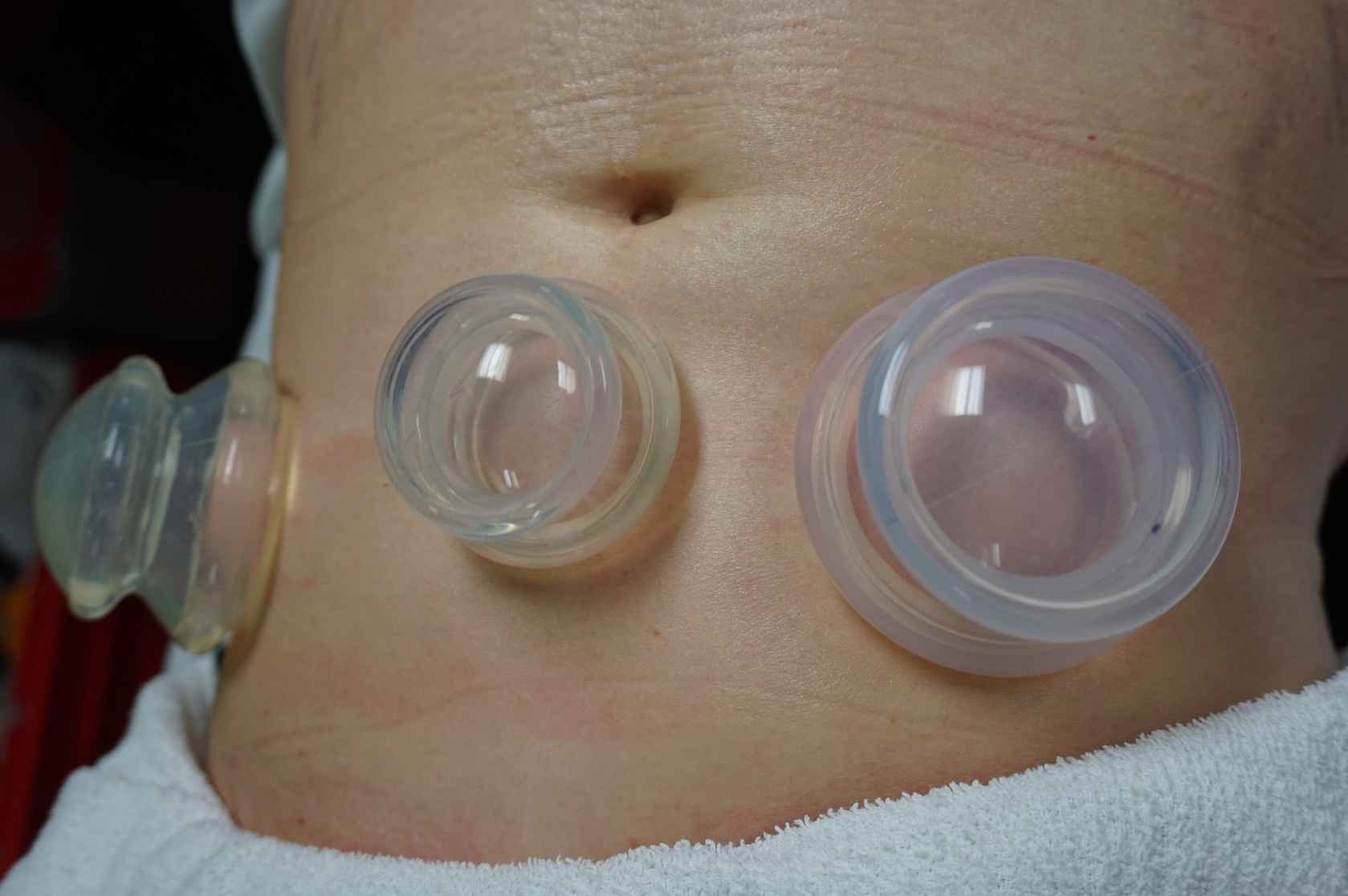
Abdominal cupping can be very effective for treating digestive conditions as well as reproductive conditions. Practitioners should use the lightest suction and only proceed if they are qualified to practise in these vulnerable areas. There are many cautions around treating the abdomen.
